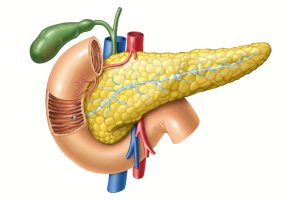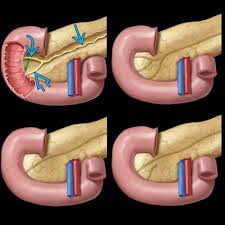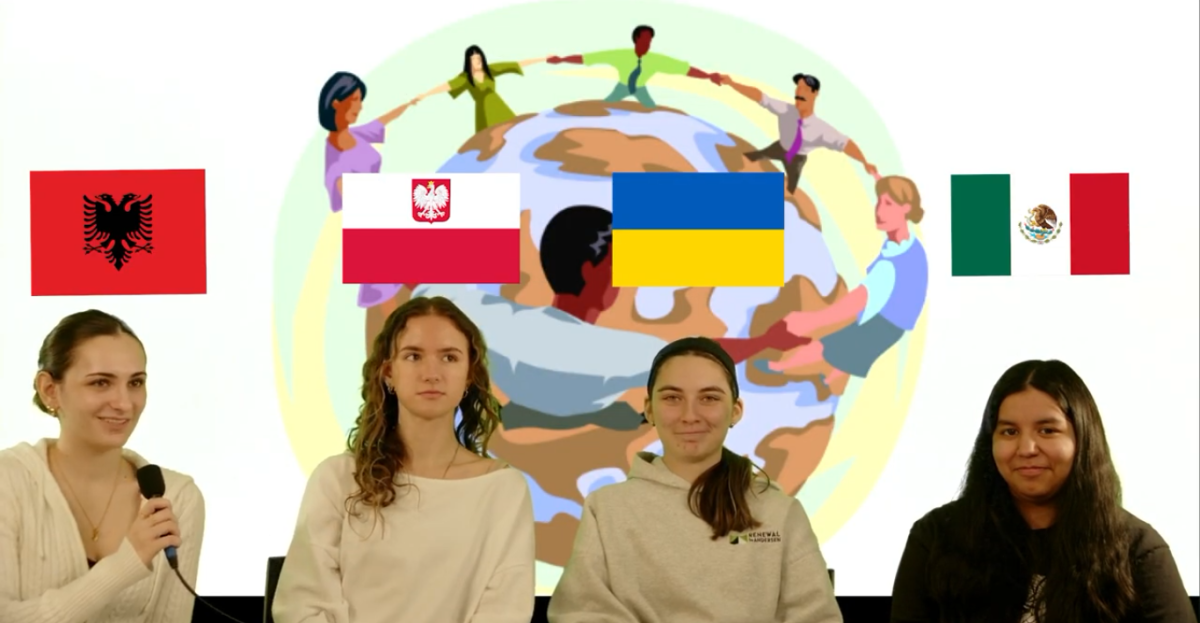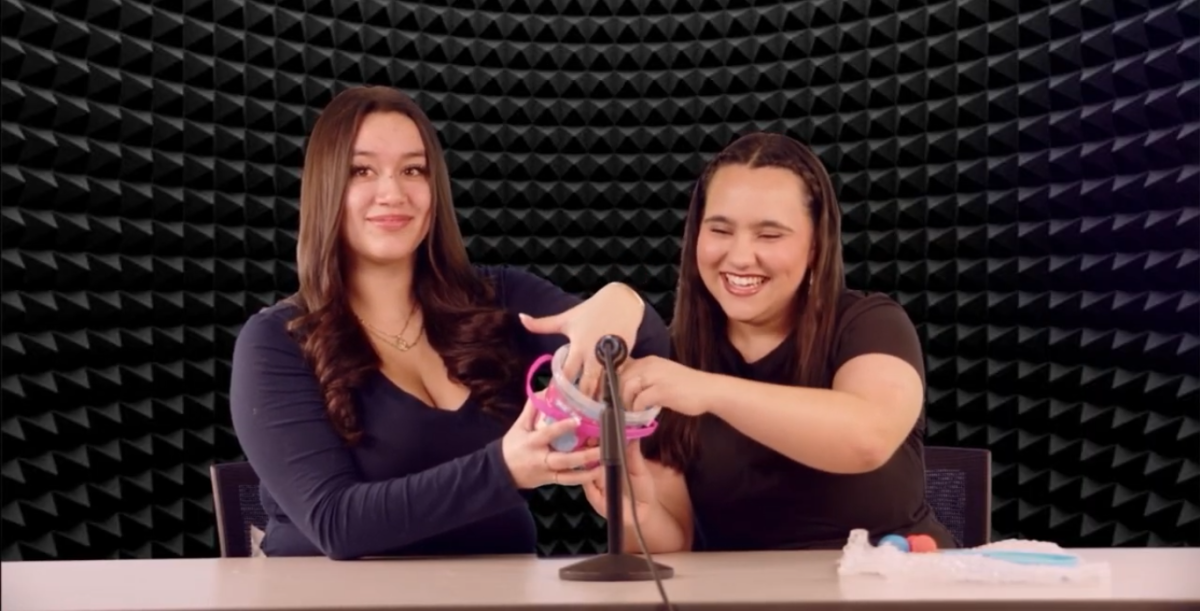Pancreatic Divisum can be formed when a child is growing in the womb around the 7th week of pregnancy. Pancreatic Divisum is a birth defect that causes the pancreas ducts to not form correctly. Pancreatic Divisum has similar symptoms to Pancreatitis but it is not the same. Pancreatitis is inflammation of the pancreas, which causes the person to feel strong hunger pains on the left side of the stomach as if they have been starving for a long time when, really, you’re not even hungry. There is also a recurring feeling of nausea.
What is the Pancreas

The pancreas, located behind the stomach in the abdomen, is an organ in your body that is a part of the digestive and endocrine system. It produces enzymes that aid in digestion and produces hormones, like insulin and glucagon, which regulate blood sugar levels. Inside the pancreas, there are two ducts: a Major Duct and a Minor Duct. The Wirsung Duct (Major Duct) carries pancreatic juice from the pancreas to the duodenum, which is the first and shortest part of the small intestine. This duct runs all the way across the pancreas and is responsible for delivering digestive enzymes, which helps the small intestine break down food. The accessory pancreatic duct (Minor Duct) serves as a secondary drainage system and carries pancreatic secretions from the dorsal pancreatic bud, one of the two embryonic structures that give rise to the pancreas.

What is Pancreatic Divisum
Pancreatic Divisum is a congenital anomaly (existing during birth or found shortly after), where the two main pancreatic ducts, the Major and Minor ducts, fail to fuse during the development of the pancreas, leading to separate drainage of the pancreas. There are different types of the Pancreatic Divisum, such as complete Pancreatic Divisum, in which there is no communication between the ducts. For example, one can be sealed off from the other. Contrasting, the incomplete Pancreatic Divisum means there is still some communication between the ducts, but they are still working separately. Pancreatic Divisum is mainly asymptomatic but, in some cases, it can be associated with recurrent pancreatitis, especially when the Minor Papilla, a small elevated area on the wall of the second part of the duodenum, becomes obstructed.
Treatment
Pancreatic Divisum is a common congenital pancreatic anomaly affecting around 10% of the population. While most cases are found accidentally due to Pancreatic Divisum being asymptomatic, coming across it accidentally with different imaging, some cases people find out quicker than others due to symptoms of acute pancreatitis or chronic pancreatitis. Pancreatic symptoms such

as these can be found in mainly adults from over drinking and smoking. Finding this problem in children is rare and can be diagnosed as other things. Most of the time, Pancreatic Divisum doesn’t need treatment, unless it is causing symptoms related to pancreatitis. A procedure known as “Endoscopic Retrograde Cholangiopancreatography” (ERCP) helps drain the pancreatic duct. Stents are placed in the duct that widens it, allowing it to drain easier. Depending on the size of the duct that needs to be widened, the person might have to go through multiple surgeries to have different size stents input until it is reshaped the way it needs to be. In some cases, the duct can start to close up again if it doesn’t heal properly.
I, myself, have had this same problem and have had trouble in life since I was born. Being misdiagnosed as a child, many surgeries have needed to be done and more are to come in the future. This congenital anomaly has been a big problem for many and has caused misfortune for themselves, their families, and their friends.
Sources Used
VideoGIE – (https://www.videogie.org/article/S2212-0971(13)70252-8/fulltext)
ScienceDirect – (https://www.sciencedirect.com/topics/agricultural-and-biological-sciences/pancreatic-bud)
UpToDate – (https://www.uptodate.com/contents/pancreas-divisum-clinical-manifestations-and-diagnosis)




















